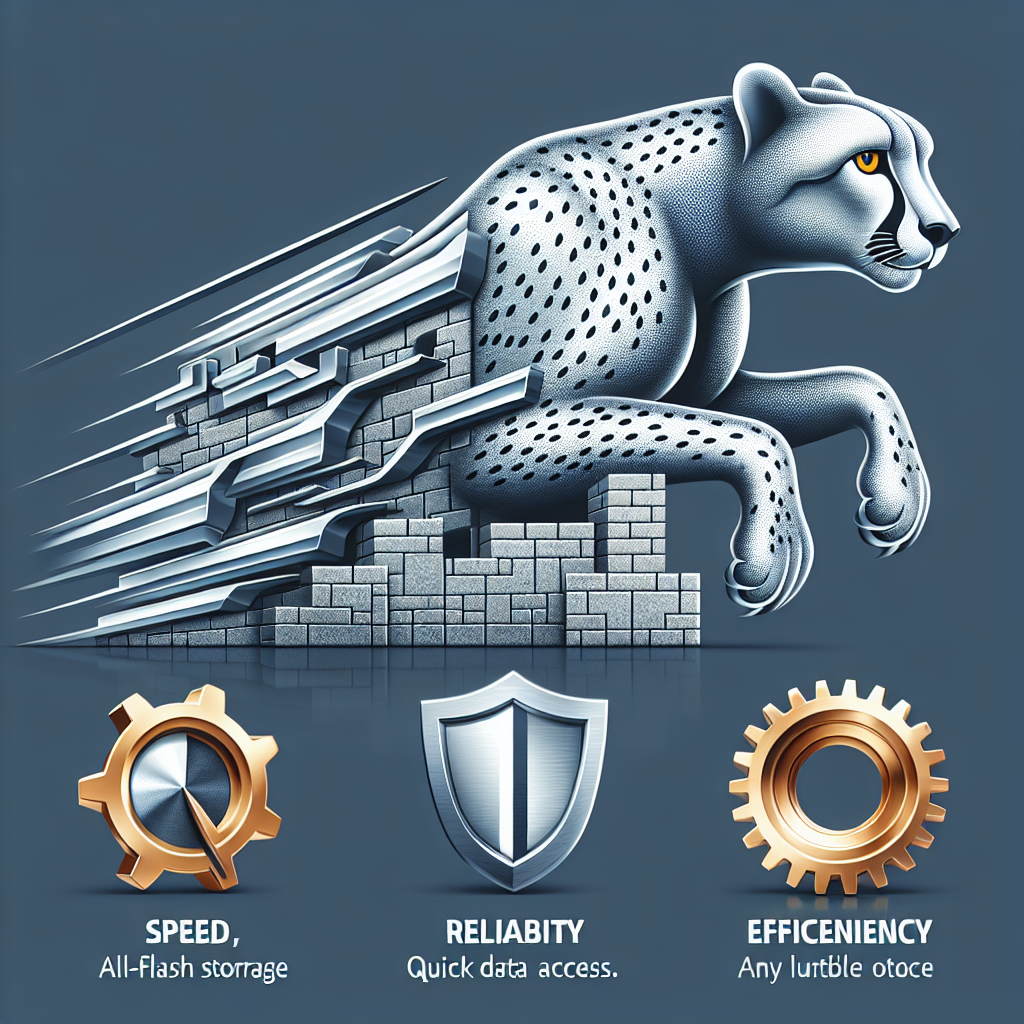Navigating the Features of ONTAP: A Deep Dive into NetApp’s Storage Management Tool
NetApp’s ONTAP is a powerful storage management tool that is used by organizations around the world to efficiently manage their data storage needs. With its robust features and capabilities, ONTAP allows users to easily store, manage, and protect their valuable data.
One of the key features of ONTAP is its ability to provide a unified storage platform that supports a wide range of storage protocols, including NFS, CIFS, and iSCSI. This allows users to easily access and share their data across different platforms and environments, making it easier to collaborate and work together.
ONTAP also offers advanced data protection features, such as snapshots, replication, and encryption. These features help to ensure that data is always available and secure, even in the event of a disaster or system failure. With ONTAP, users can easily create backups of their data and replicate it to remote locations for added protection.
In addition to its data protection features, ONTAP also offers advanced storage efficiency capabilities, such as deduplication, compression, and thin provisioning. These features help to optimize storage space and reduce storage costs, making it easier for organizations to manage their data storage needs efficiently.
Another key feature of ONTAP is its scalability and flexibility. With ONTAP, users can easily scale their storage infrastructure to meet growing data storage needs, without having to invest in additional hardware or resources. This scalability allows organizations to easily adapt to changing business requirements and ensure that their data storage infrastructure can keep up with their evolving needs.
Overall, ONTAP is a powerful storage management tool that offers a wide range of features and capabilities to help organizations efficiently manage their data storage needs. With its advanced data protection, storage efficiency, and scalability features, ONTAP is a valuable tool for organizations looking to optimize their data storage infrastructure and ensure that their data is always available and secure.










